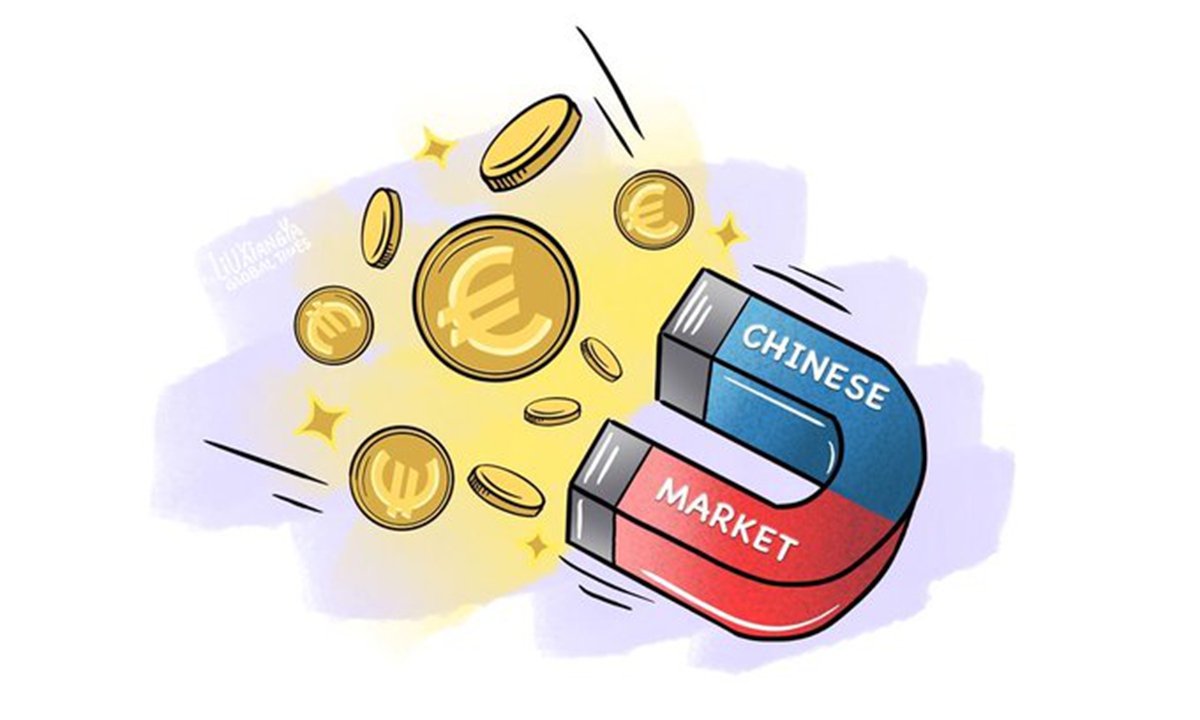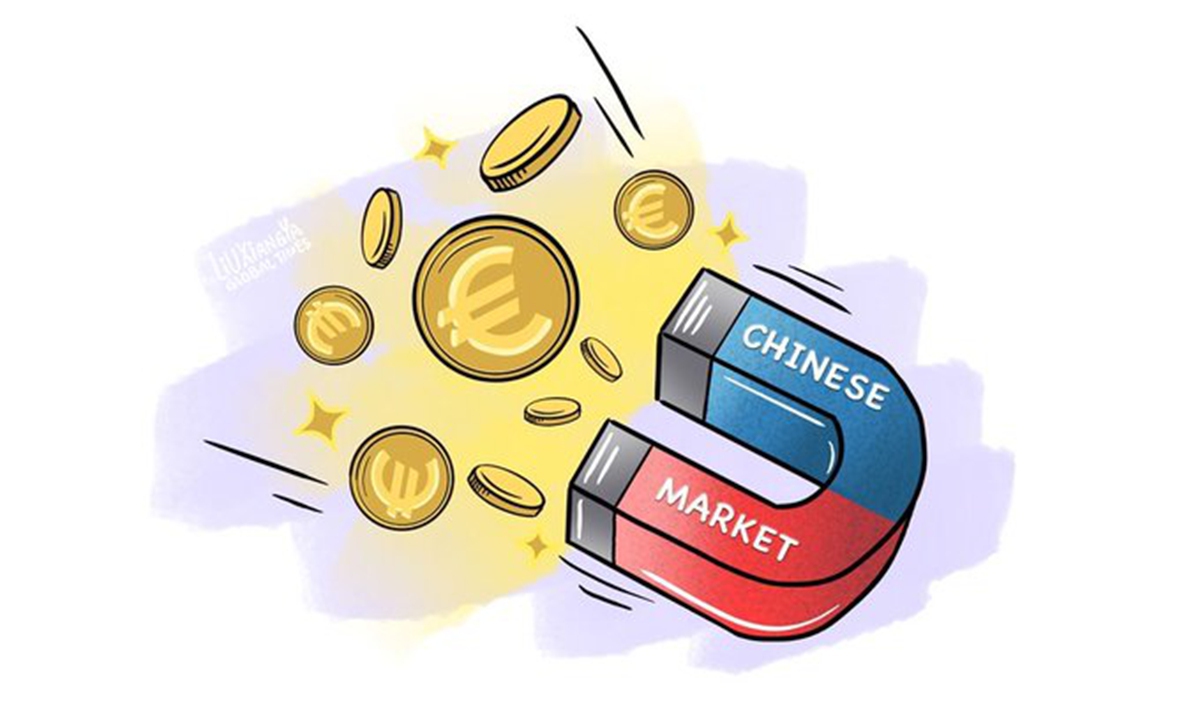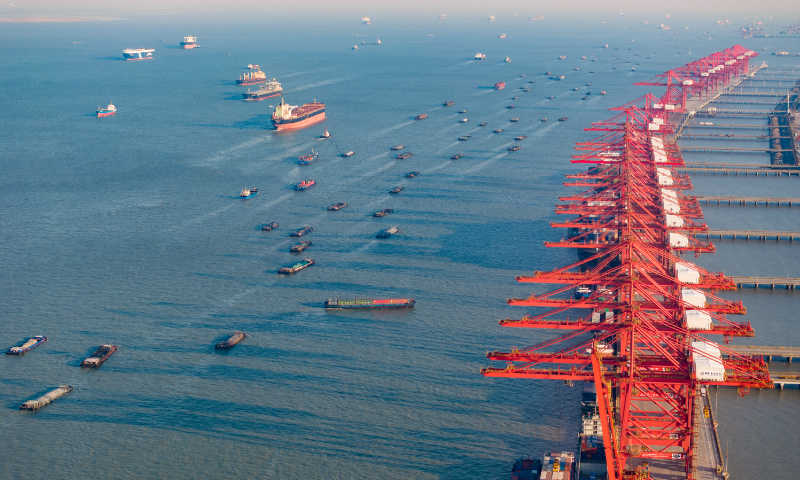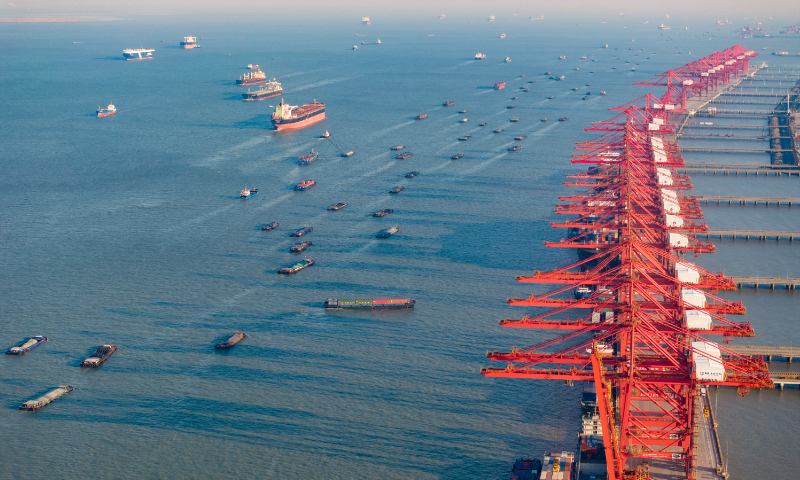
Cargo ships dock at and leave the Taicang Port in East China’s Jiangsu Province on January 24, 2024. Photo: VCG
At the ongoing two sessions, the annual meetings of the National People’s Congress (NPC) and the Chinese People’s Political Consultative Conference (CPPCC) National Committee, hot topics that relate to both China and the world have been proposed and discussed. One particular highlight is the discussions over the China-proposed Belt and Road Initiative (BRI), which has just marked its decade of anniversary last year and is now embarking on the next decade of a new journey for high-quality development.
Over the past decade, the joint construction of the BRI has delivered prosperous results for participating countries. Thanks to the joint initiative, many developing countries have gained increasing access to global markets, eased their financing problems for much-needed infrastructure projects, filled an “infrastructure deficit,” strengthened their comparative advantages, and boosted their capacity for independent economic development, according to a report by the Xinhua News Agency.
Members and deputies of the two sessions, many of whom have direct experience and participation in BRI projects have noted how the initiative has brought about changes to participating countries over the past decade.
On this special occasion, they have also proposed strategies across various sectors, spanning from personnel training to connectivity and green development, while vowing to embrace high-quality development, which aligns with the future trajectory of the initiative.
Talent matters
In addition to daily lectures, one of the most important works for Zhang Shuibo, a professor of the College of Management and Economics of Tianjin University, was to lead his team to carry out major research projects to serve domestic enterprises engaged in the BRI, covering investment and financing, operations, logistics, international engineering contracting among other aspects, based on cultivating high-end talent ahead of “going global.”
Over the past two years, Zhang has held training courses for dozens of enterprises and trained thousands of international engineering management talents.
As a deputy to the 14th NPC, one very important subject for Zhang this year relates to the joint construction of the BRI, he told the Global Times during the two sessions.
As the initiative pursues high-quality development in the next decade, one key aspect needs to be strengthened is the personnel training, with Luban Workshop program being a core.
The workshop, named after Lu Ban, an ancient Chinese woodcraft master, is a Chinese vocational workshop program aims to promote vocational education exchanges and cooperation between China and the rest of the world committed to developing urgently needed technical talents.
The joint construction of the BRI is shifting from scale-oriented development to high-quality development, which poses higher demands on talent, Zhang said.
“To address this, we have introduced a series of policies to promote the cultivation of local talent, aiming to better benefit local development and ensure the efficient operation of projects,” Zhang said.
Luban Workshop Research and Promotion Centers are established in local technical colleges or other educational institutions, and local enterprises are also involved and receive certain subsidies from the government for the training. Currently, there are approximately 200 Luban Workshops worldwide, according to Zhang.
“The standardization and high quality of the curriculum is needed for the next stage of development,” Zhang said.
Specifically, when collaborating with schools in various countries, our curriculum design should be adjusted and optimized according to the industrial development of each country and the needs of Chinese enterprises in countries of the joint construction of the BRI, Zhang said.
However, other challenges persist against the backdrop of the growing complexity of the international situation, with rising geopolitical tensions and a slow economic recovery worldwide.
To address these difficulties, Zhang proposed to ramp up support the BRI by increasing the loans of Chinese yuan in better response to the fiscal difficulties faced by many countries and their insufficient foreign exchange reserves.
“By doing so, it will not only help the countries’ development but also promoting the internationalization of the yuan,” the NPC deputy said.
Stronger connectivity
In jointly building the BRI, connectivity is crucial. Among key projects, railways, as the backbone of integrated transportation systems, are an important component of infrastructure connectivity, as the initiative is deepening its high-quality development, said Liu Zhenfang, chairman of the board of the China State Railway Group Co, who is also a deputy to the 14th NPC, in its proposal read by the Global Times.
The 142.3-kilometer-long high-speed line, connecting Indonesia’s capital city Jakarta and the fourth largest city Bandung, serves as a flagship project and successful example of developing countries in the region working together toward modernization.
Meanwhile, the China-Laos Railway, another iconic project, has become a game changer for the Southeast Asian country, opening it up to greater economic opportunities.
Few transportation networks rival the cross-continental China-Europe freight train in terms of its significant transportation capacity and its contribution to economic and trade growth, bridging the East and the West.
As of the end of January, the China-Europe freight train had operated over 84,000 trips cumulatively, reaching 219 cities in 25 countries across Europe, according to media reports, highlighting its role as a stabilizer of the global supply chain, particularly amid the Red Sea crisis.
Liu said in his proposal that in 2024 that China Railway will fully leverage a coordination mechanism linked to the China-Europe freight train, continuously enhance the transportation capacity of key ports and corridors, expand the operation of scheduled freight trains along the entire route, and promote the cross-continental cargo train to develop toward higher quality, better efficiency, and increased safety.
Moreover, Liu pledged to intensify exchanges this year with international cooperation organizations and foreign railway institutions to promote the internationalization of Chinese railway standards.
In addition to connectivity, green is also an important part of the high-quality development for the BRI. Wang Tongzhou, a member of the CPPCC National Committee and chairman of China Communications Construction Co, proposed to further support and encourage research and development and the widespread application of green technologies in order to reduce carbon emissions and energy consumption across the entire industry chain under the BRI. “That includes creating a number of exemplary green projects in promoting green development in the joint construction of the BRI,” Wang said.
The achievements under the BRI have provided clear evidence, paving an auspicious path toward the high-quality development of the initiative.
Over the past decade, the Chinese government has signed over 240 cooperation agreements promoting the joint construction of the BRI with more than 150 countries and over 30 international organizations. This has resulted in a multitude of cooperative projects, establishing the broadest and largest international cooperation platform in the world, said Liu Jieyi, spokesperson for the second session of the 14th CPPCC National Committee, said at a press conference on March 3.
Looking ahead, the prospects for the high-quality construction of the BRI are promising, said Liu.
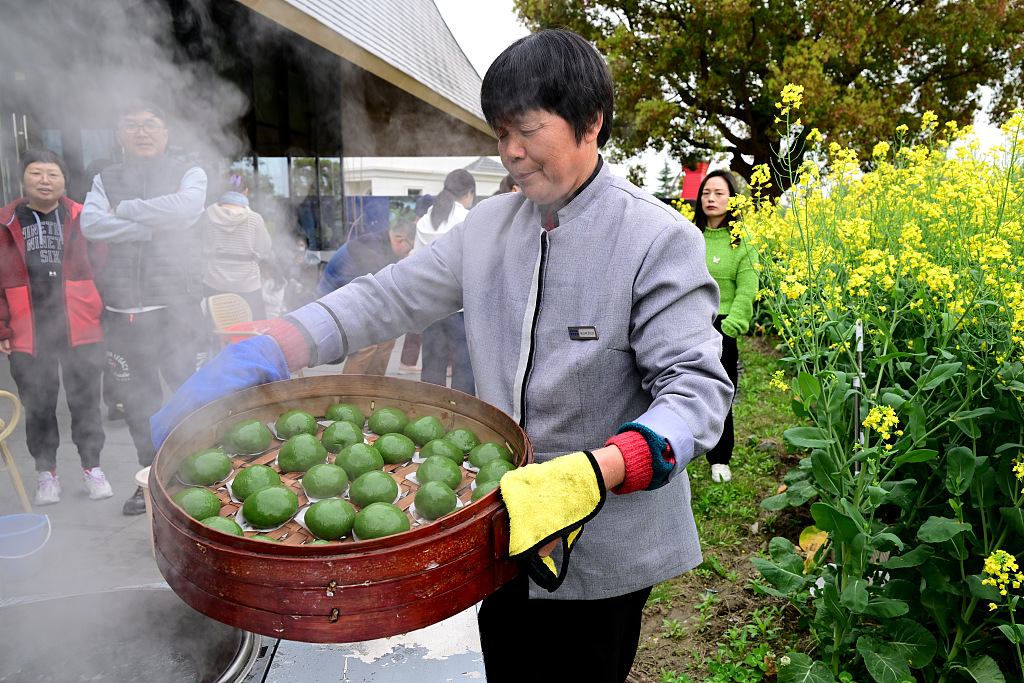 A woman is spotted making qingtuan during Qingming Festival celebrations on April 4, 2024 in Jiaxing, Zhejiang Province. /CFP
A woman is spotted making qingtuan during Qingming Festival celebrations on April 4, 2024 in Jiaxing, Zhejiang Province. /CFP  People are spotted making qingtuan during Qingming Festival celebrations on April 4, 2024 in Jiaxing, Zhejiang Province. /CFP
People are spotted making qingtuan during Qingming Festival celebrations on April 4, 2024 in Jiaxing, Zhejiang Province. /CFP 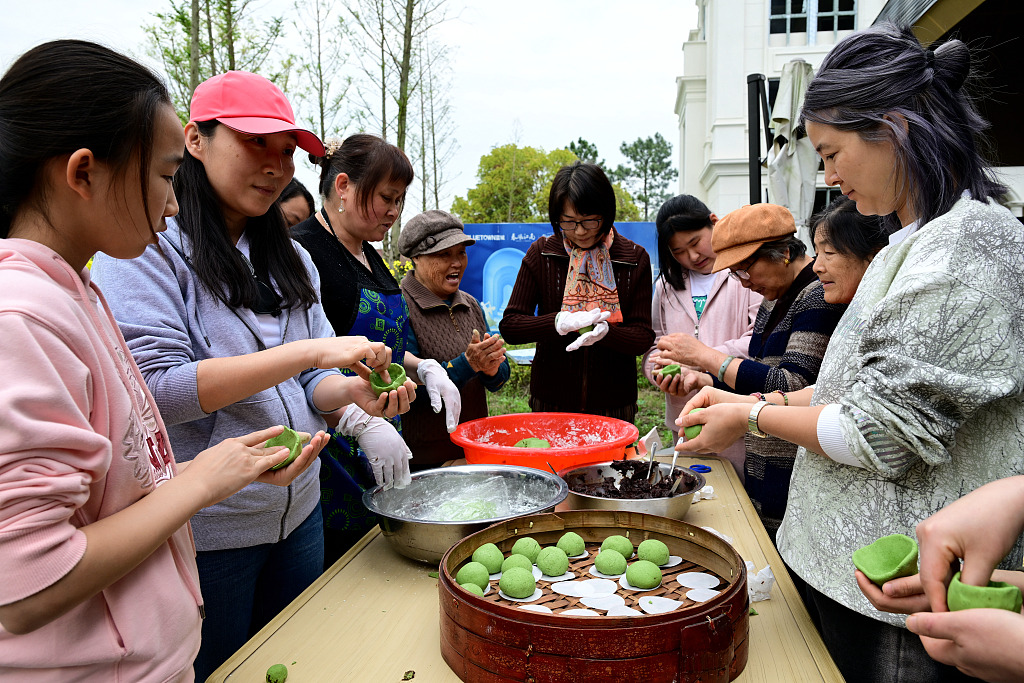 People are spotted making qingtuan during Qingming Festival celebrations on April 4, 2024 in Jiaxing, Zhejiang Province. /CFP
People are spotted making qingtuan during Qingming Festival celebrations on April 4, 2024 in Jiaxing, Zhejiang Province. /CFP 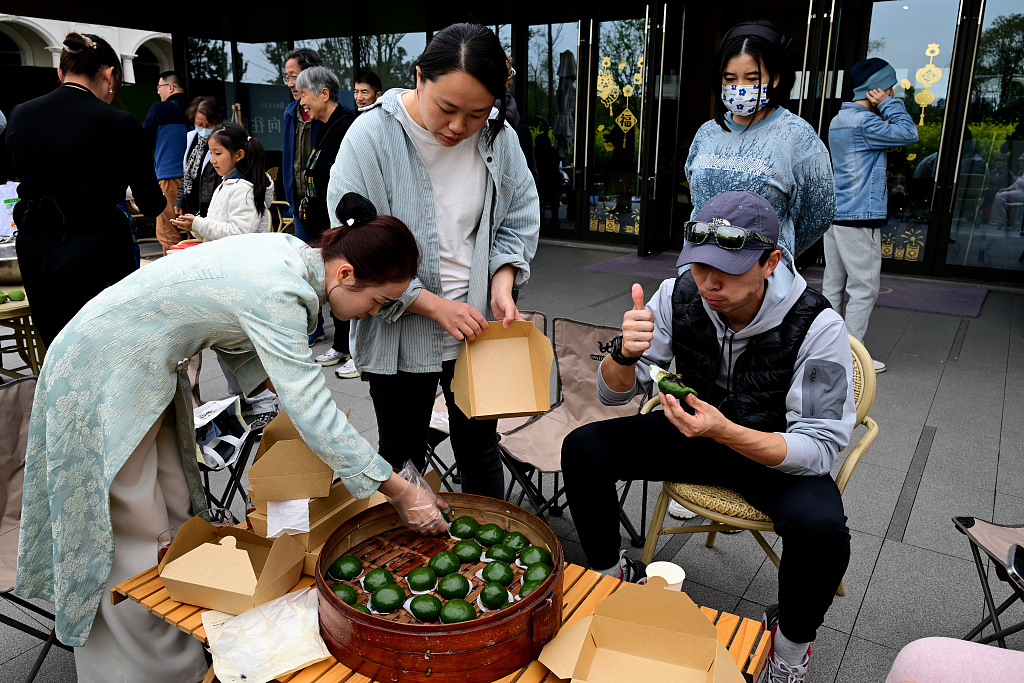 People are spotted eating and sharing qingtuan during Qingming Festival celebrations on April 4, 2024 in Jiaxing, Zhejiang Province. /CFP
People are spotted eating and sharing qingtuan during Qingming Festival celebrations on April 4, 2024 in Jiaxing, Zhejiang Province. /CFP 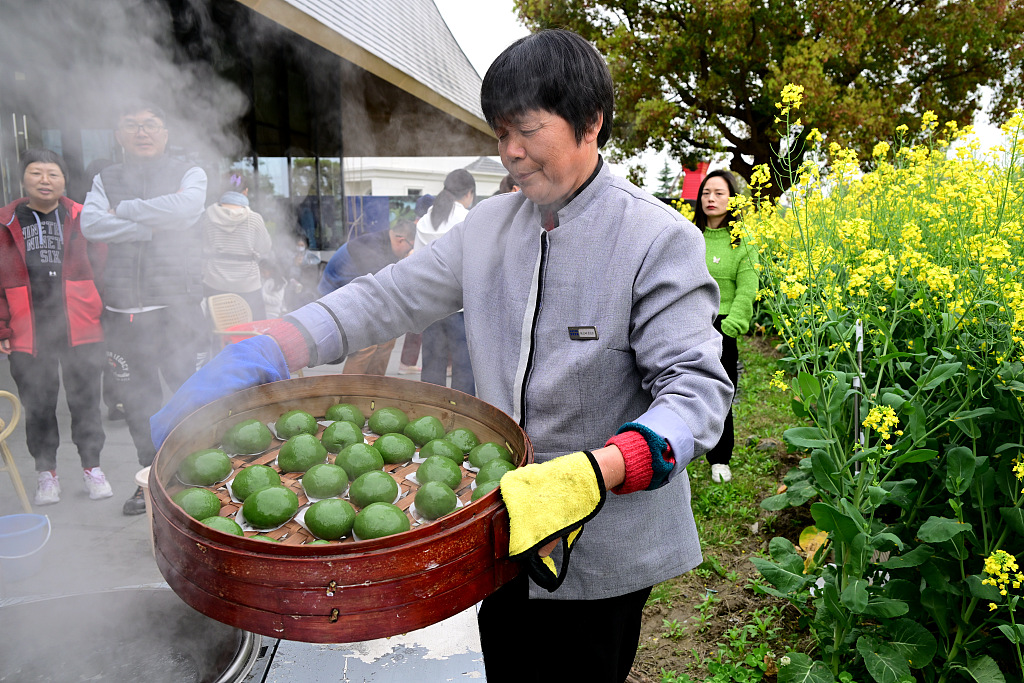
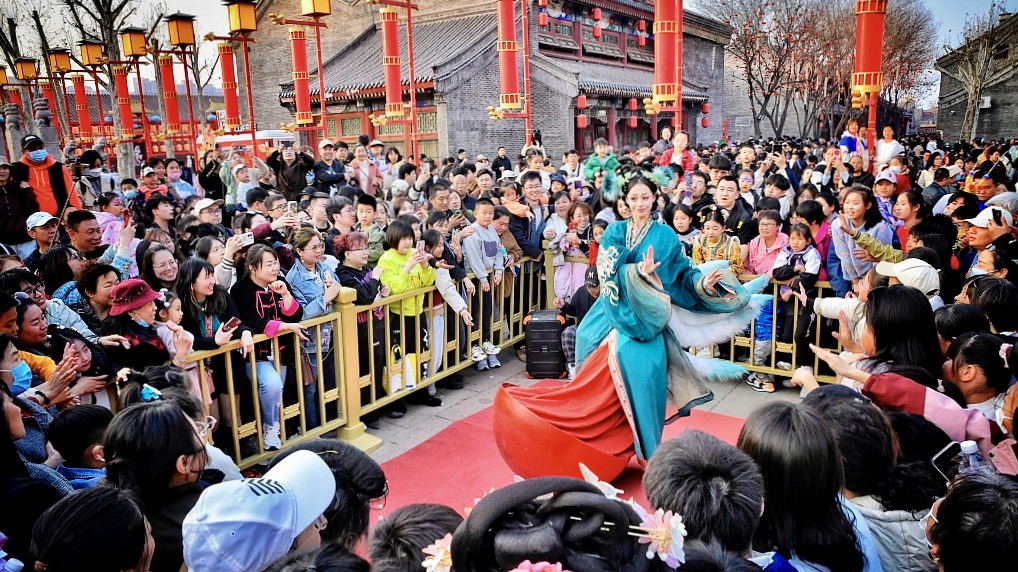
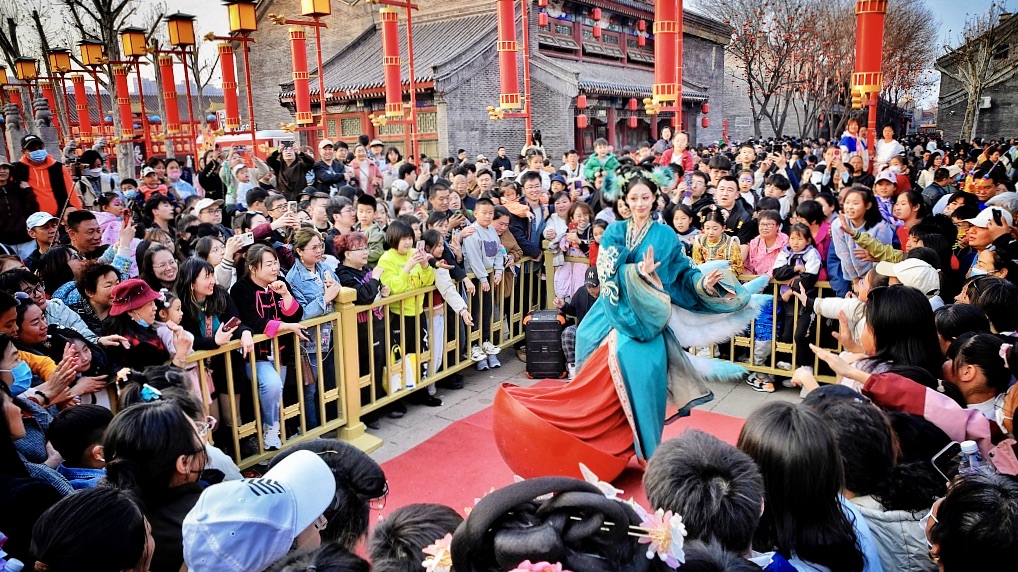 A photo taken on April 5, 2024, shows a folk artist performing in Tangshan, Hebei Province. /CFP
A photo taken on April 5, 2024, shows a folk artist performing in Tangshan, Hebei Province. /CFP 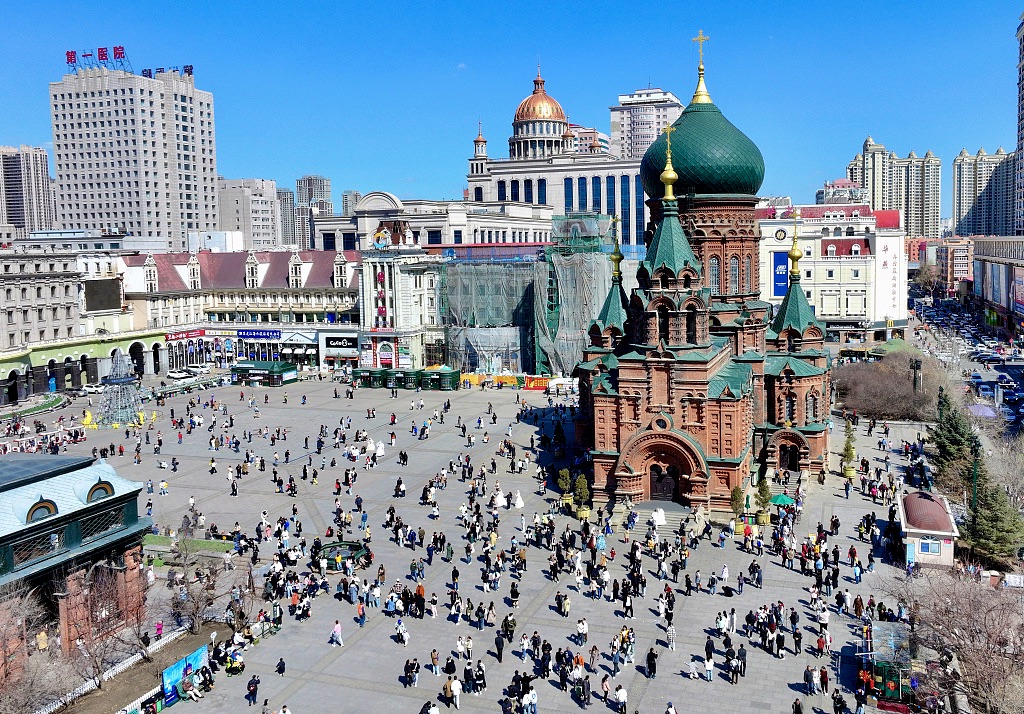 A photo taken on April 4, 2024 shows that the Sophia Square of Harbin, Heilongjiang Province is packed with people. /CFP
A photo taken on April 4, 2024 shows that the Sophia Square of Harbin, Heilongjiang Province is packed with people. /CFP 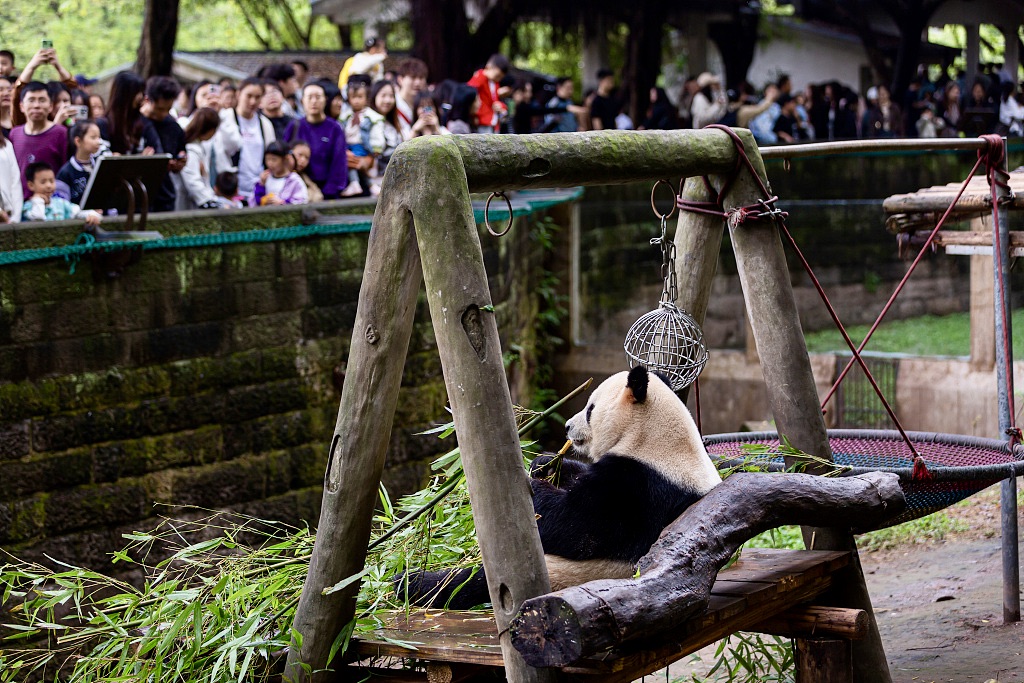 A photo taken on April 4, 2024 shows throngs of tourists at Chongqing Zoo. /CFP
A photo taken on April 4, 2024 shows throngs of tourists at Chongqing Zoo. /CFP 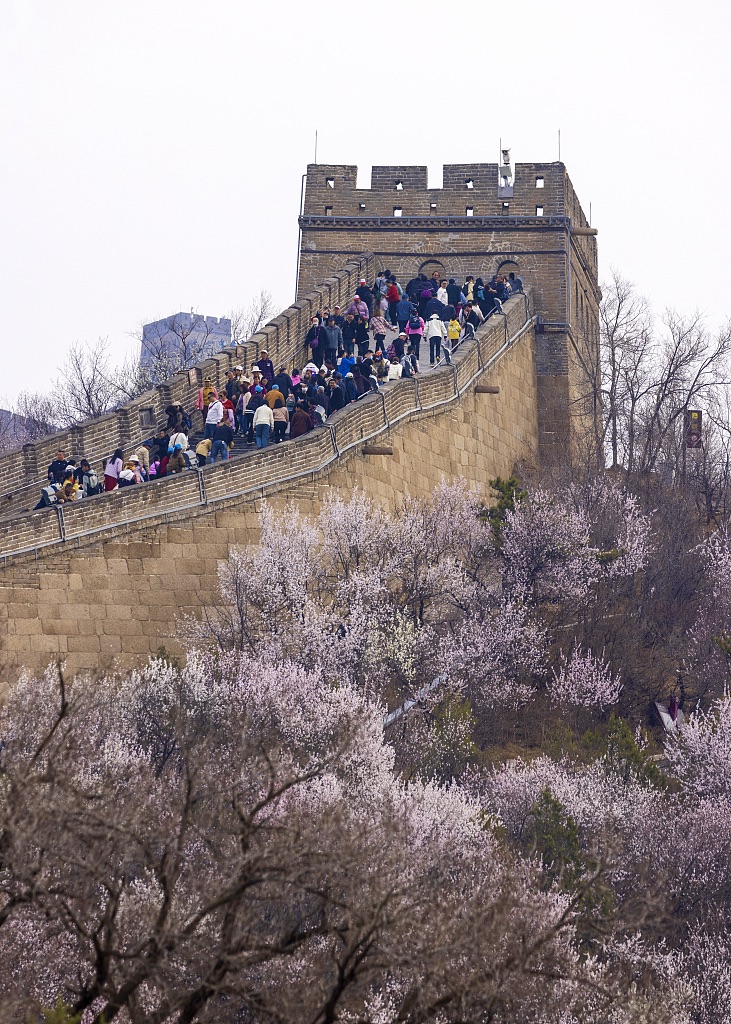 A photo taken on April 6, 2024 shows that the Great Wall at Badaling in Beijing is packed with tourists./CFP
A photo taken on April 6, 2024 shows that the Great Wall at Badaling in Beijing is packed with tourists./CFP 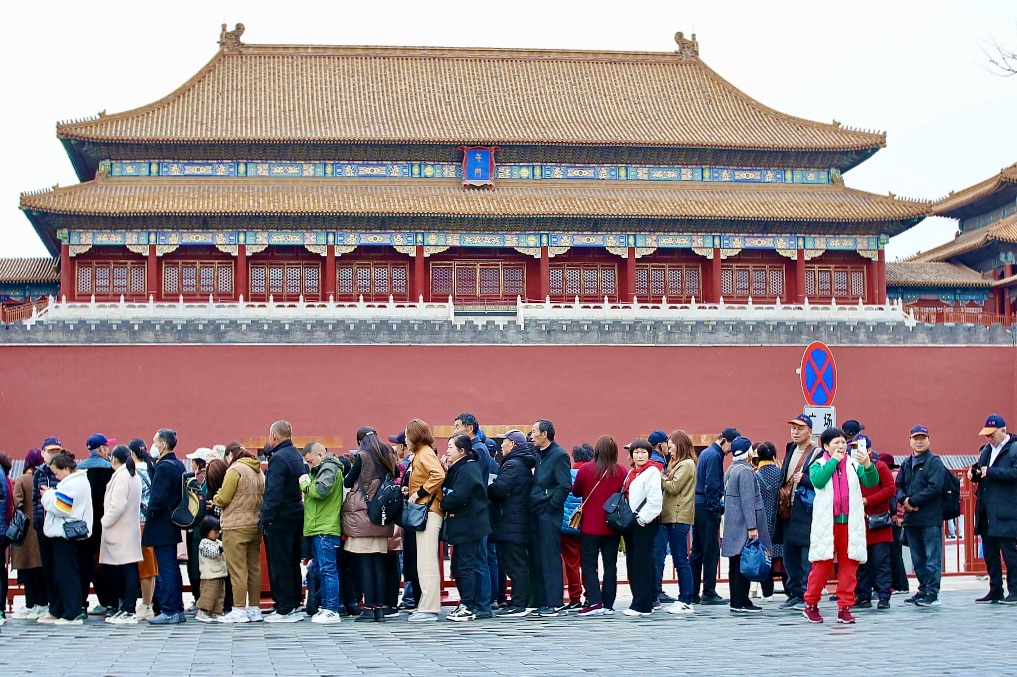 A photo taken on April 5, 2023 shows people lining up to visit the Palace Museum in Beijing. /CFP
A photo taken on April 5, 2023 shows people lining up to visit the Palace Museum in Beijing. /CFP 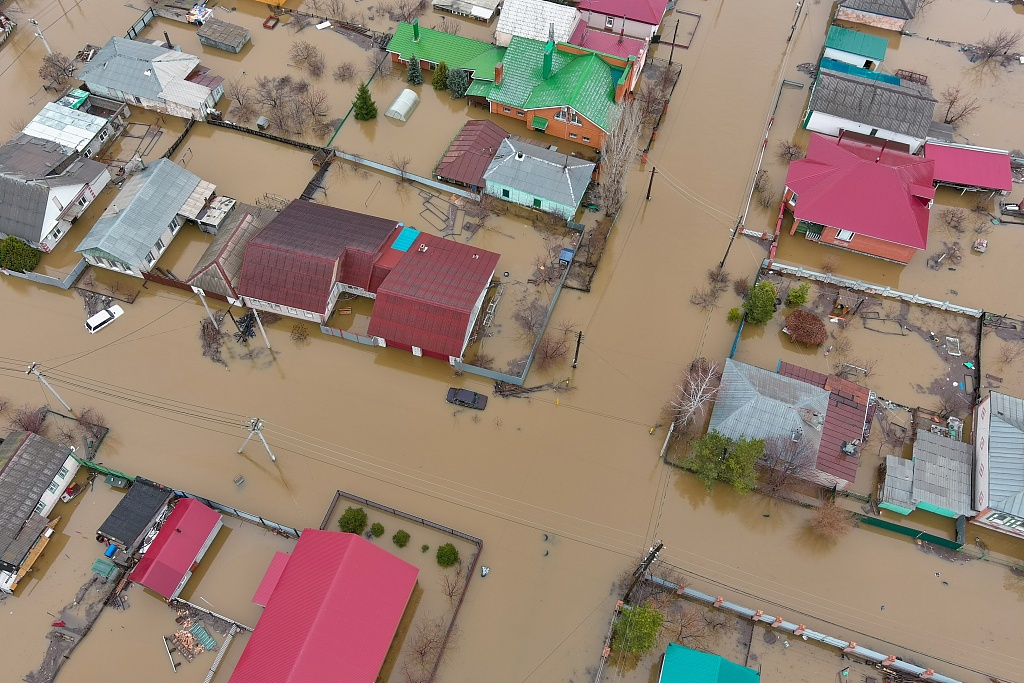
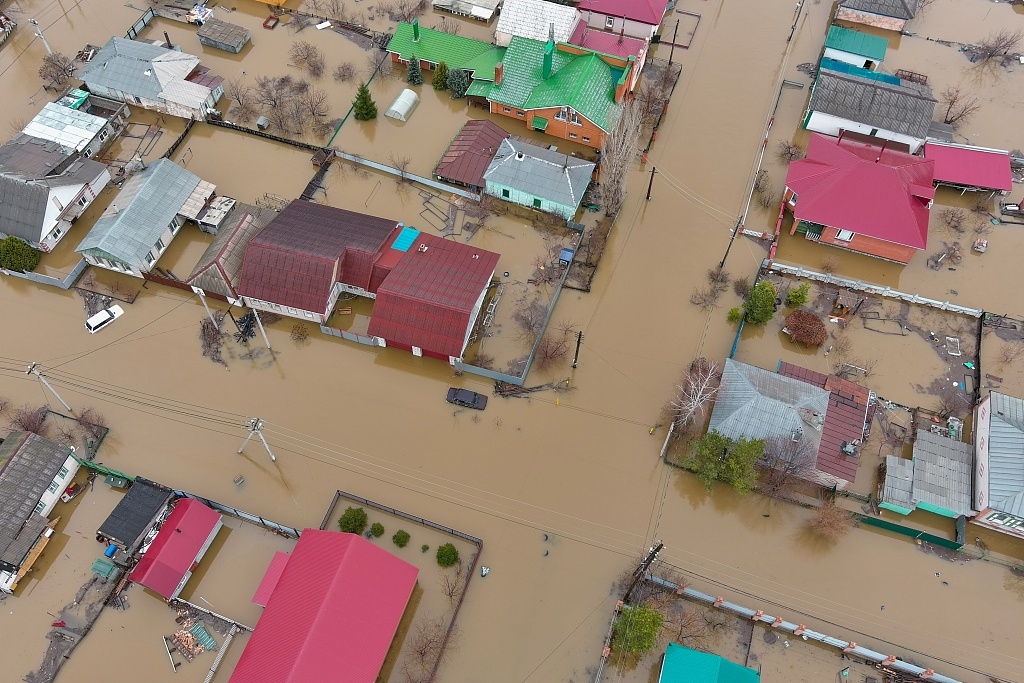 A view of the flood-hit Old Town neighborhood of Orsk, Russia, April 7, 2024. /CFP
A view of the flood-hit Old Town neighborhood of Orsk, Russia, April 7, 2024. /CFP 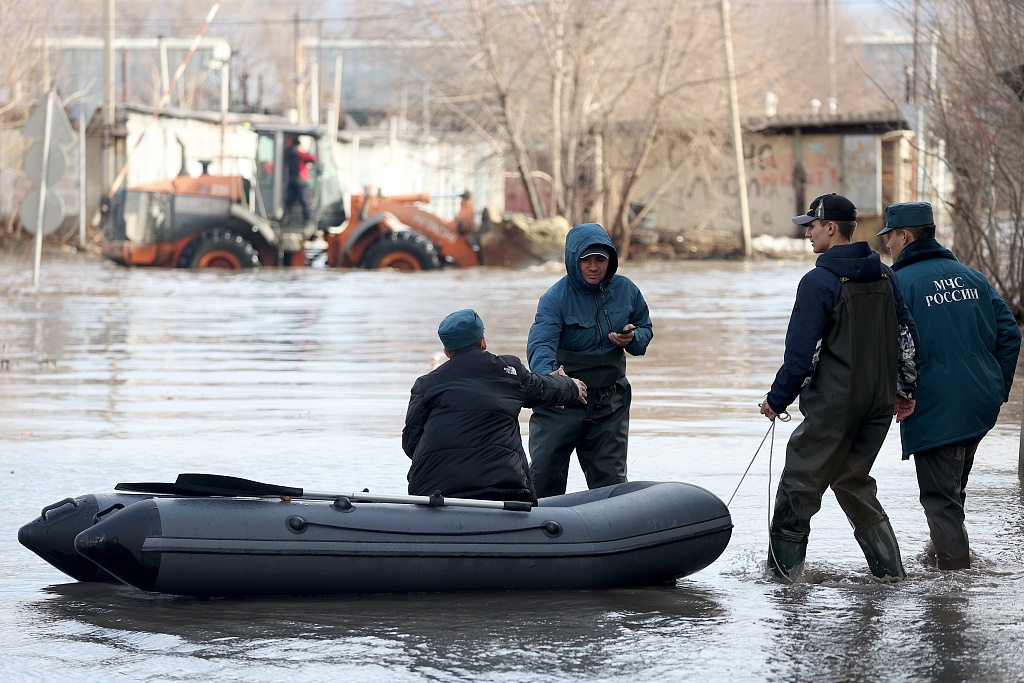 Rescuers evacuating people from flooded areas of Orsk, Russia, April 7, 2024. /CFP
Rescuers evacuating people from flooded areas of Orsk, Russia, April 7, 2024. /CFP  People wading in floodwater in the village of Priuralye, Orenburg, Russia, April 6, 2024. CFP
People wading in floodwater in the village of Priuralye, Orenburg, Russia, April 6, 2024. CFP  Rescuer evacuating a dog in flood-hit Orsk, Orenburg, Russia, April 6, 2024. /Russian Ministry of Emergency Situations
Rescuer evacuating a dog in flood-hit Orsk, Orenburg, Russia, April 6, 2024. /Russian Ministry of Emergency Situations 


 Cretaceous water striders. /Chinese Academy of Sciences
Cretaceous water striders. /Chinese Academy of Sciences 